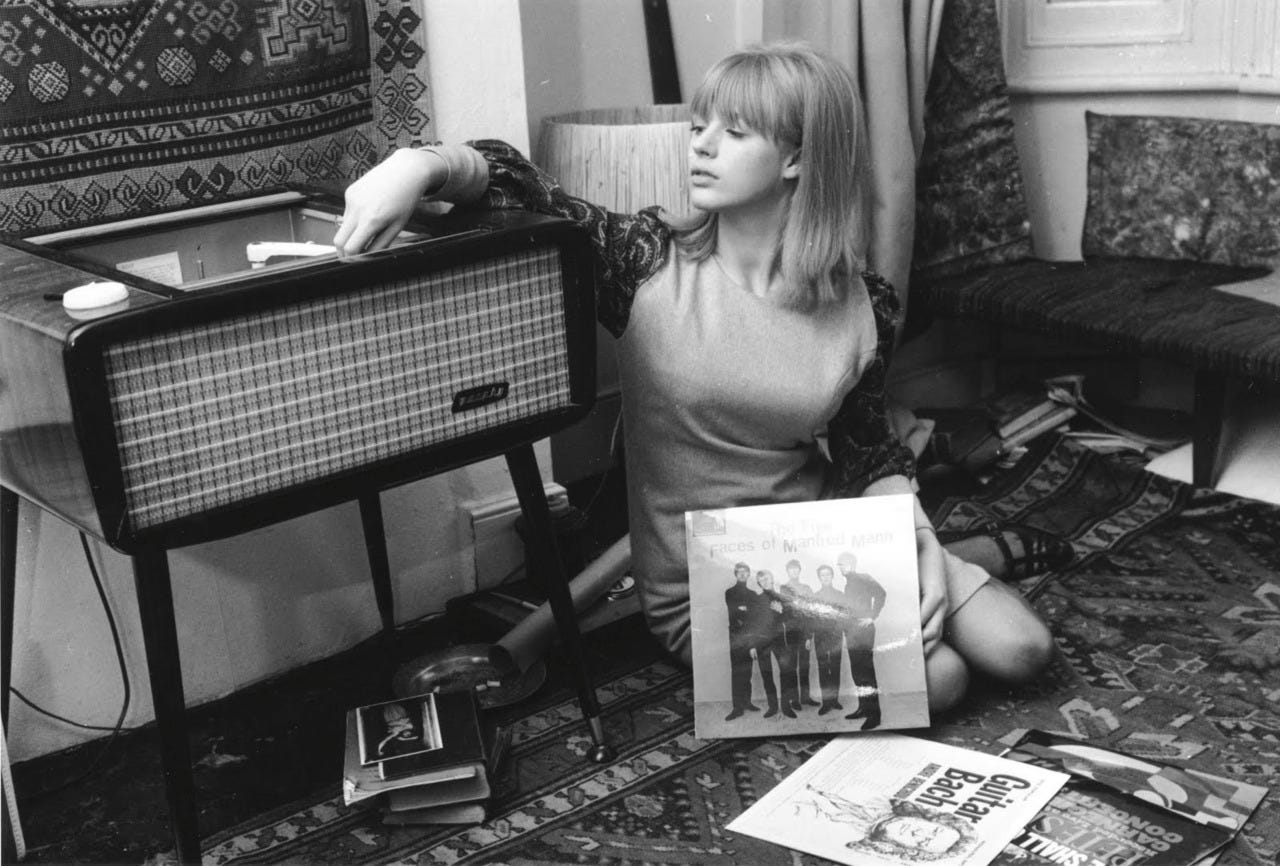Liner Notes
A fresh look at Teenage Fanclub's "Bandwagonesque," Iran's electronic music scene, and more.

In 1984, the Portland Trailblazers drafted Sam Bowie over Michael Jordan. Jordan, of course, went on to become arguably the best player in NBA history. Bowie went on to become the answer to a trivia question. He was a conspicuously odd pick in a draft year stacked with talent (even before the benefit of hindsight). Bowie wasn't even the best player Portland drafted that year (that title goes to Jerome Kersey RIP).
Seven years later, we had 1991; arguably the best year for music in the modern era. No matter the genre, bands produced some of their best work.
Alternative your thing? Great! There was REM's “Out of Time.”
Metal? This was the year Metallica shot for the moon with their self-titled ("black") album.
Into this new thing called grunge? You were in luck. A Seattle band called Pearl Jam put out “Ten," and a trio from Aberdeen went to Madison, made a record, and put a naked baby on the cover.
So when Spin magazine named its Top 20 for the year, it was hard not to glance askance at its pick; Teenage Fanclub's "Bandwagonesque." Having over half of the records on the list-including this one- and having heard all but one of them (sorry, Robyn Hitchcock) of them, I didn't get the fuss. I bought this record like everyone else. I wanted to like this record as much as everyone else around me seemed to. I unwrapped it, put it in the player, and…nothing.
It was like when you want your kid to try new food and entice them by saying, "you like everything in it." Here was a record with songs that sounded so much like Big Star that Alex Chilton might've mistaken it for one of his own. On tracks like “Satan,” there's fractious noise. That's a plus for me.
"What You Do To Me."? Pure power-pop perfection.
They were humble, repeatedly saying they had no interest in the life of a pop star. BIG check from 16-year-old me.
And yet, it felt flat. I turned my nose up.
Was it influential? Yep. Did people rave about it seemingly forever? Also yes. I didn't care. For years, Bandwagonesque was my cautionary tale. An argument against buying an entire CD on the strength of 1 song. it became my sonic Sam Bowie.
Keep reading with a 7-day free trial
Subscribe to On Repeat Records to keep reading this post and get 7 days of free access to the full post archives.

